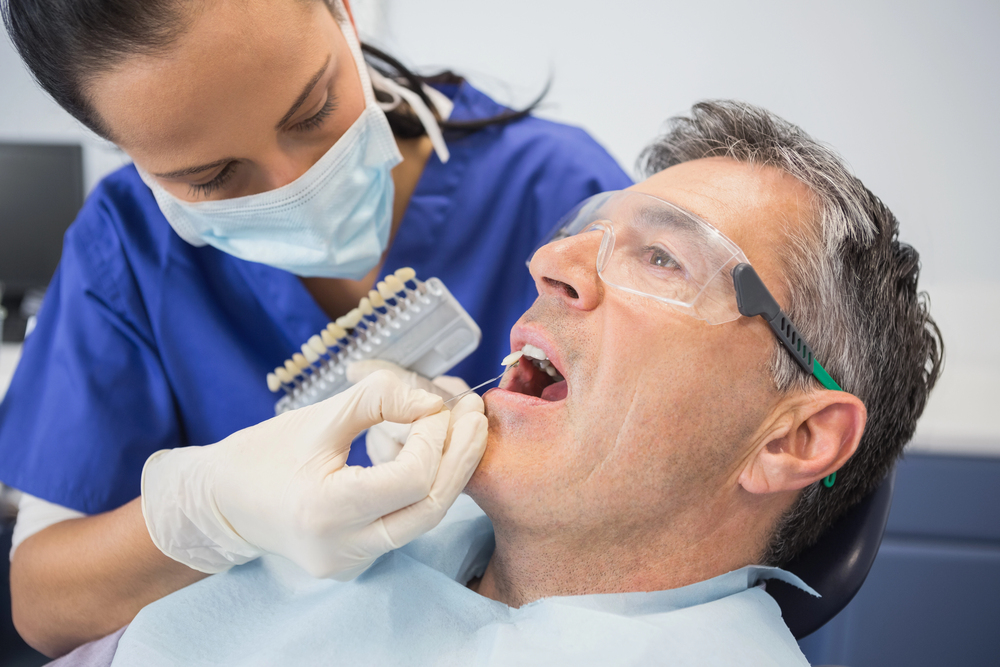Orthodontics, once primarily associated with metal braces for adolescents, has evolved significantly in the realm of modern dentistry. Today, orthodontics plays a crucial role not only in enhancing the aesthetic appeal of smiles but also in improving overall oral function and health. As dentistry continues to grow, orthodontics has seen remarkable advancements in techniques and technologies, making it an integral part of comprehensive dental care.
Aesthetic and Functional Benefits of Orthodontics
Orthodontics focuses on diagnosing, preventing, and treating dental and facial irregularities. Misaligned teeth, overcrowded mouths, overbites, underbites, and jaw misalignments are common issues addressed through orthodontic treatment. These treatments go beyond the surface of merely straightening teeth; they profoundly impact both aesthetics and function.
From an aesthetic perspective, a well-aligned smile boosts self-esteem and confidence. A beautiful smile is often one of the first features people notice, and it significantly influences personal and professional interactions. However, the benefits of orthodontics extend far beyond appearance. Properly aligned teeth are easier to clean and maintain, reducing the risk of cavities, gum disease, and other oral health problems. Furthermore, orthodontic treatment can correct bite issues that, if left untreated, may lead to excessive wear on teeth, jaw pain, and even speech difficulties.
Technological Advancements Driving Growth in Orthodontics
The growth in dentistry, particularly within orthodontics, is largely driven by technological advancements that have transformed patient experiences and outcomes. Traditional metal braces, once the hallmark of orthodontic care, have been supplemented—and in some cases replaced—by innovative alternatives like clear aligners, lingual braces, and self-ligating braces.
Clear aligners, such as Invisalign, have revolutionized orthodontic treatment by offering a discreet and comfortable option for patients. These aligners are nearly invisible, removable, and custom-made for each patient, providing a more convenient and aesthetically pleasing alternative to traditional braces. Clear aligners are especially popular among adults who seek orthodontic treatment without the noticeable appearance of metal braces.
Lingual braces, which are placed on the back of the teeth, offer another discreet option for patients who need more comprehensive corrections than clear aligners can provide. Meanwhile, self-ligating braces use a specialized clip instead of elastic bands, reducing friction and often shortening the treatment time.
These advancements reflect the broader growth in dentistry as it increasingly embraces digital technology. Digital scanning and 3D imaging allow orthodontists to create precise treatment plans, enhancing the accuracy and efficiency of care. The ability to visualize the expected outcome of treatment before it begins helps patients understand their journey and fosters greater confidence in the process.
Orthodontics for All Ages: Expanding Access and Appeal
Historically, orthodontic treatment was often viewed as a rite of passage for teenagers. However, with the growth in dentistry, orthodontics has become accessible and appealing to patients of all ages. Adults now make up a significant portion of orthodontic patients, driven by the desire to improve their smiles and oral health later in life.
The increasing availability of less invasive and more aesthetically pleasing treatment options has fueled this trend. Adult orthodontics not only addresses aesthetic concerns but also improves function, which can lead to better long-term oral health outcomes. For example, correcting malocclusion (improper bites) can alleviate chronic jaw pain and prevent future dental issues that might arise from abnormal wear and tear on teeth.
Additionally, early intervention in children—sometimes referred to as interceptive orthodontics—aims to guide the growth of the jaw and incoming teeth. By addressing issues early, orthodontists can often reduce the need for more extensive treatment later. This proactive approach underscores the expanding role of orthodontics in modern dentistry, emphasizing prevention and early correction.
The Future of Orthodontics: Personalization and Patient-Centered Care
As orthodontics continues to grow within the field of dentistry, the focus is shifting increasingly toward personalization and patient-centered care. Orthodontic treatments are no longer one-size-fits-all; they are tailored to meet the specific needs and goals of each patient. Advances in technology, such as artificial intelligence and machine learning, are paving the way for even more precise and efficient treatment planning.
Orthodontists are now able to offer more customized solutions, predicting tooth movements and treatment outcomes with greater accuracy than ever before. This growth in dentistry not only improves the patient experience but also enhances the overall effectiveness of treatments.
Furthermore, patient education and engagement are becoming more central to orthodontic care. By involving patients in their treatment planning and providing clear explanations of the benefits and expectations, orthodontists can improve patient satisfaction and compliance.
Orthodontics has transformed from a niche branch of dentistry focused primarily on aesthetics to a critical component of comprehensive oral health care. With advancements in technology and a growing emphasis on personalization, orthodontics plays a vital role in modern dentistry, enhancing both function and aesthetics. As the field continues to grow, orthodontic treatments will likely become even more accessible, efficient, and tailored to individual needs, helping patients of all ages achieve healthier, more beautiful smiles. The ongoing evolution of orthodontics within the broader context of dentistry underscores its importance in improving patient outcomes and quality of life.

